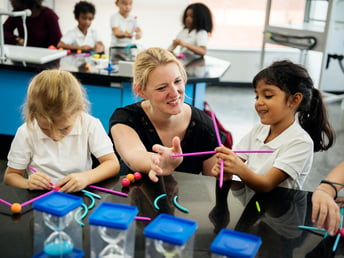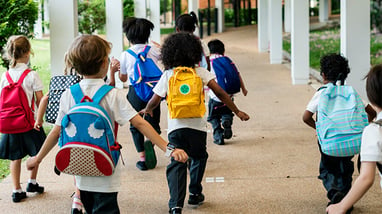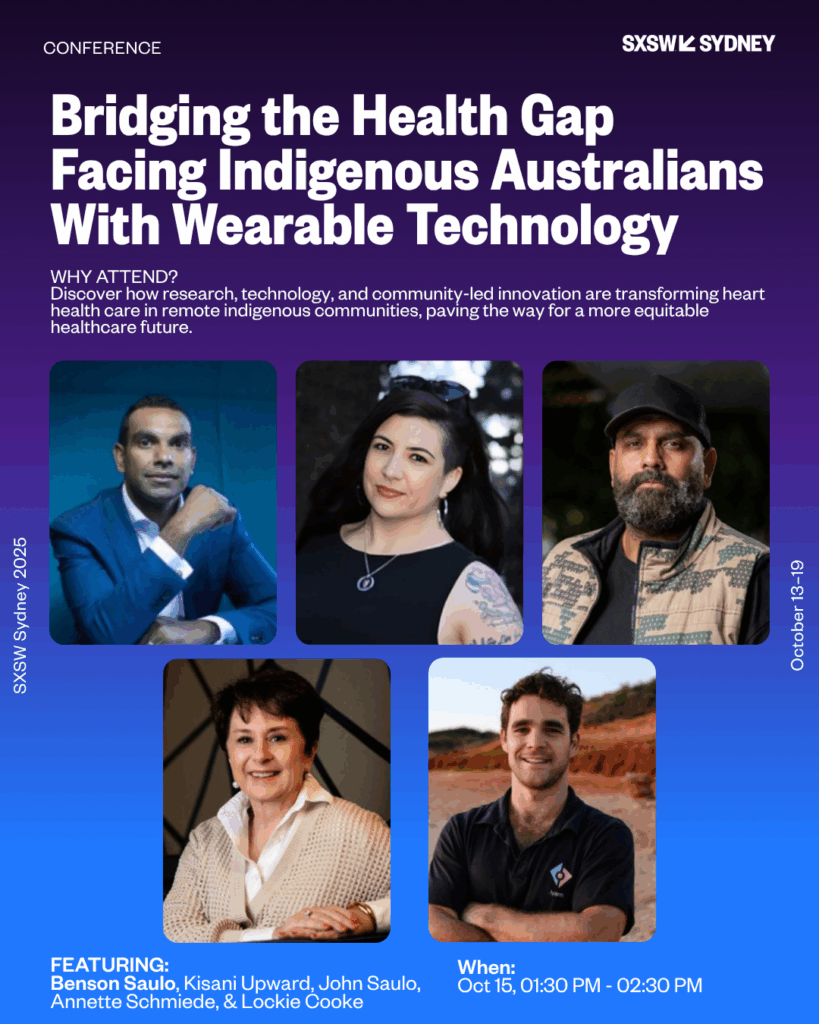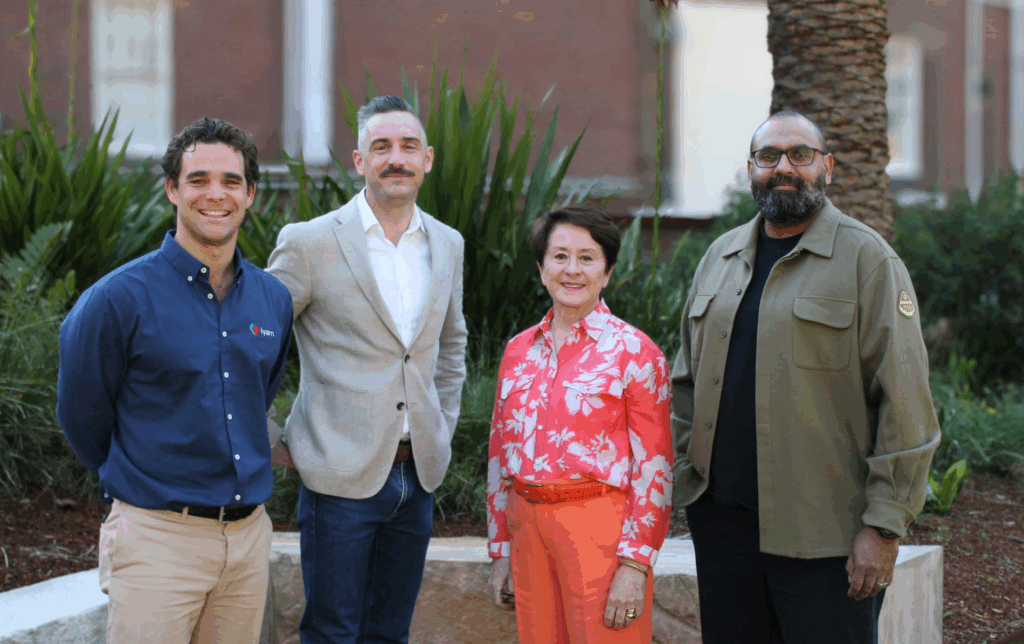Overcoming The Barriers To Implementing SEL
This article sets out the common barriers to SEL implementation in schools, answers to key questions to support SEL leaders.
What is social emotional learning?
Social emotional learning (SEL) is a learning framework centred around educating the whole child. Rather than focusing solely on IQ, students get the opportunity to develop emotional intelligence. EQ is a key factor in life success, and underpins a child’s wellbeing. Through social and emotional learning, students develop resilience and emotion management, and learn how to build positive relationships and navigate life’s challenges. Research shows us that along with promoting positive mental health, implementing SEL in the classroom can also improve academic outcomes.
What are some of the barriers and challenges for implementing SEL in schools?
The educators we connect with at Smiling Mind have a deep belief in the importance of SEL and are passionate about implementation in their schools. However, the reality for many educators and SEL leaders is that a series of barriers exist that can hinder—and occasionally even prevent—effective social emotional learning in schools.
In the school setting, real and valid challenges can be present. We’ve explored these through conversations with educators, alongside SEL-focused educational research.
For educators, challenges can include:
- Resource and budget limitations
- Availability of curriculum time
- Access to teacher PD
- Teacher readiness for SEL
- Educator workload
- Stress and burnout
For students, challenges can include:
- Student readiness
- Barriers to access
- Equity and inclusion
Beyond the school setting, the increased number of children experiencing mental health challenges fuels the challenge by diversifying SEL needs of individual students. For example, 1 in 7 school-aged children experience a mental health condition in any given year in Australia, and half of all mental health conditions emerge before the age of 14.
These barriers can result in decreased confidence for teachers implementing an SEL curriculum. This is a complex problem to solve for schools in their provision of a comprehensive and cohesive program.
Let’s take a deeper dive into some of the key challenges educators face when implementing an SEL curriculum, and explore tips to overcome these.
Barrier #1: Resource and time limitations

In order to get a social emotional learning curriculum up and running, educators need the right resources and enough time—two elusive tools in a school environment.
While a majority of teachers enjoy teaching SEL and recognise its value, the time required to plan SEL lessons can create an additional burden for teachers in their timetable. It is often beyond their specialisation and teaching areas, requiring time-intensive preparation and extensive research. In real terms, this means less focus on initial teacher education and professional development for teachers of SEL, and less time for planning and preparation.
Time limitations also occur in the availability of curriculum time itself. With the school day already full of lessons, figuring out where to squeeze in social emotional learning can become such a big challenge it—understandably—falls to the back-burner completely.
Tips for overcoming the resource and time limitations of implementing SEL
- If you can’t fit in a whole SEL lesson into the day, spread it out.
There’s no reason why you shouldn’t break up your SEL lessons into smaller chunks. You can spread these bite-sized lessons throughout a day, a week—even two weeks! This way, students get the opportunity to digest the topic and will have the opportunity to practise their social and emotional skills on the go. It’s better to teach SEL in small chunks rather than not teach it at all! - Weave SEL into academic learning.
It’s common for schools to adopt an SEL curriculum without allocating extra time to include those lessons in the daily or weekly learning schedule. This leaves it up to educators to find extra time in the day and adjust existing schedules. A great workaround for this is to weave key SEL skills into other areas of study. Your school’s leadership team should be able to help you find ways to align an SEL curriculum with the school’s existing curriculum. Not only does this save time, it helps students integrate their learnings and understand how SEL skills fit into their broader life and society. - Find an evidence-based program that already has SEL resources and lesson plans.
There are a wide-range of programs designed to support educators in delivering SEL in the classroom. While they all vary in what they offer, the goal of any SEL program is to provide you with the resources you need to understand and deliver an effective social emotional learning curriculum. Try to select an evidence-based SEL curriculum that is culturally and developmentally the right fit for your students.
Barrier #2: Preparing students for social emotional learning

One of the key challenges of implementing SEL in the classroom is your students’ readiness to undertake social emotional learning, along with their ability to stay engaged. Having an evidence-based SEL curriculum in place is a fundamental tool, but it doesn’t automatically ensure success. Success actually comes down to the way the curriculum is delivered.
Successful delivery takes a few different forms and occurs in more environments than just the classroom. As an educator, you can’t be present to support and advise your students in every situation. But, you can support their learning, and help lay a foundation for them to integrate SEL skills into their daily lives.
Tips for preparing your students to undertake SEL
- Target skills and behaviours that are culturally and developmentally appropriate for your students.
It might seem simple enough, but students won’t be interested—or able to—engage with and understand social and emotional learning that isn’t the right fit for their needs. If you’re planning your own SEL lesson content, you’ll want to ensure your research and lesson planning is focused on the needs of your students, taking into account things like their age, social context and background, and other cultural and developmental factors.
Alternatively, if you’ll be using an SEL program, aim to find one that has been created to address the needs of your students. You may still want to adapt pre-planned SEL lessons to better cater towards your students’ unique lives. However, pre-planned lessons will provide you with a strong foundation of evidence-based content to get started with. - Scaffold learning so that students are able to practise SEL in real situations.
Real-time teachable moments happen everyday; in the classroom, the playground, at after-school activities and at home. It’s these moments that can maximise the benefits of SEL for young people, giving them opportunities to build their social and emotional competencies. Using scaffolding learning strategies to deliver SEL not only keeps students engaged during each lesson, but lays the ideal foundation for them to practise and integrate their new skills in their everyday challenges and interactions.
Tip: Not all SEL programs offer scaffolded learning, so it’s a good idea to take a deep-dive into the learning approaches used in various programs and lesson plans. - Connect with the wider community to push SEL beyond the classroom.
As students begin integrating SEL practices in the broader context of their lives, like at home, it’s a good idea to connect with the other key influencers in their lives to keep the momentum of their learning going. Anecdotally-speaking, schools that communicate with parents about SEL through school newsletters find that parents tend to welcome, support and appreciate the curriculum. As a result, students enjoy going home to talk about and use the skills they’ve learnt.
Finding channels to share key SEL topics, learnings and outcomes with parents and the wider school community can help to provide continuous opportunities for students to build their skills in multiple settings.
Barrier #3: Building your own capacity to deliver SEL
Educator knowledge of SEL is one of the most common barriers to implementing SEL—and arguably the most crucial to overcome. Social and emotional learning is a deeply specialised area of education, steeped in a plethora of research and evidence. It isn’t simple to understand without adequate professional development in the area. Without professional learning, delivering SEL lessons is a difficult task.
Research demonstrates that an educator’s own SEL skills are a key factor in being able to model those skills to their students. Training in these areas is crucial to ensure students’ learning is maximised, but equally important, to prevent the responsibility of delivering SEL from becoming a serious stress-point on educators’ heavy workloads.
Tips for building SEL knowledge and skills in educators
- Reflect on your own social emotional capabilities
To begin building your SEL knowledge and skills, it’s important to understand your own strengths and challenges in areas of social and emotional learning. - Join a professional SEL community
There are many SEL communities online that have been created with the purpose of allowing educators to share knowledge, start discussions and ask questions. Joining one (or more!) of these communities is a great way to informally develop your knowledge. You may even feel more supported, because you’ll have a network of peers to lean on as you embark on the journey of implementing SEL. - Find an SEL program that provides educator training
One of the best options to formally develop your understanding of social and emotional learning is to choose an SEL program for your school that comes with professional learning and development. This way, the training will get you up to speed on all things SEL, while also being relevant to the specific program you’re implementing.

Content has been created by Smiling Mind. To view more information about Smiling Mind click here.




